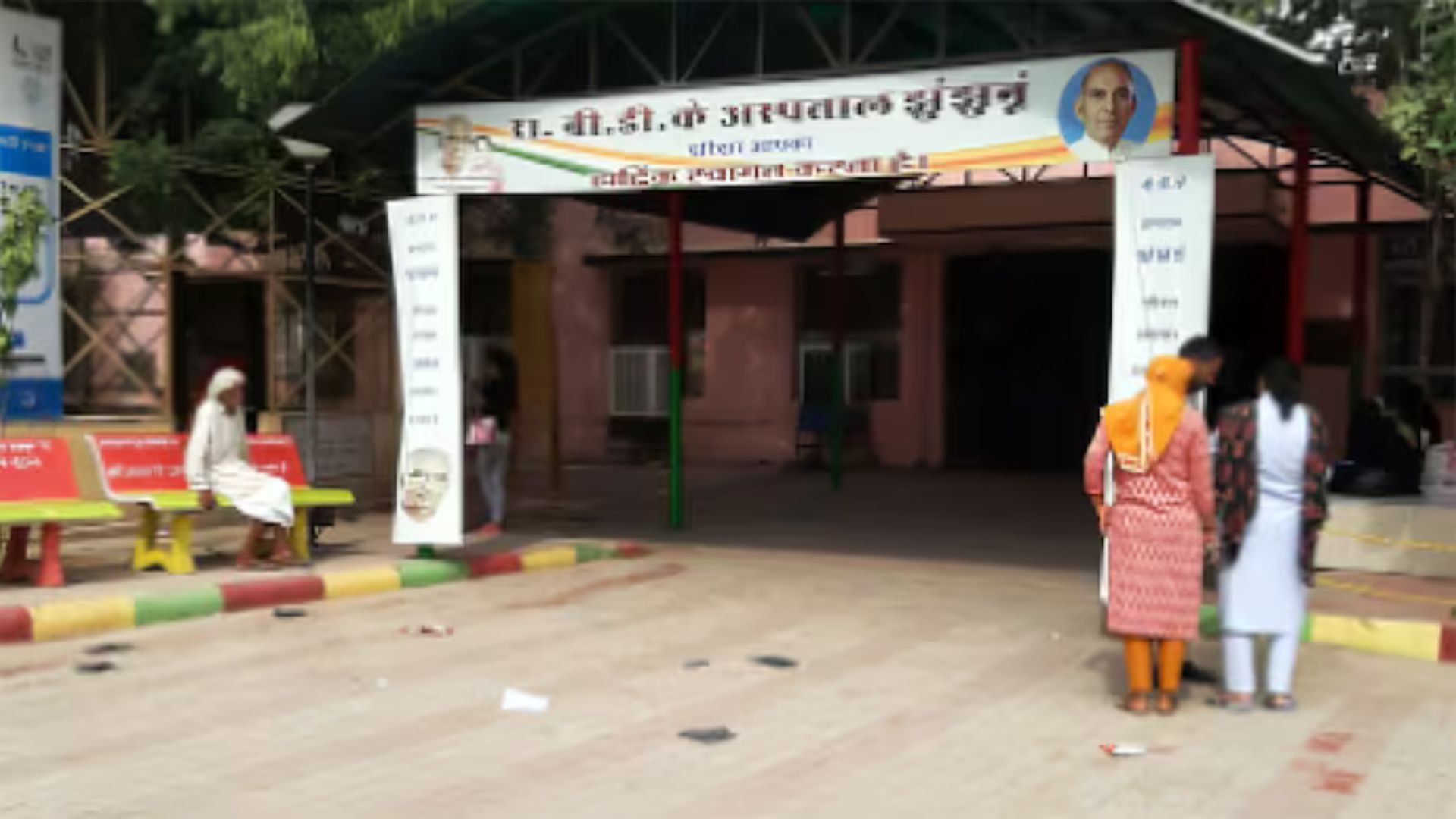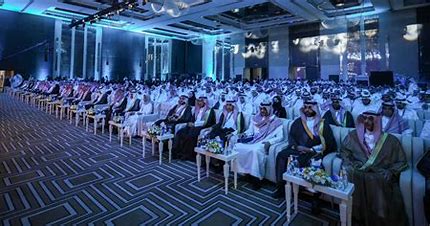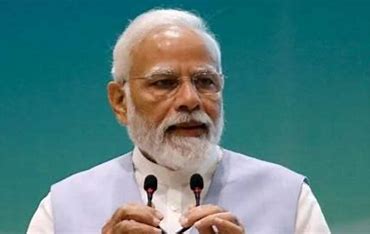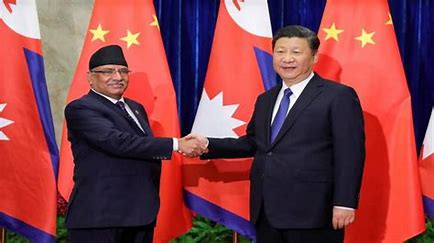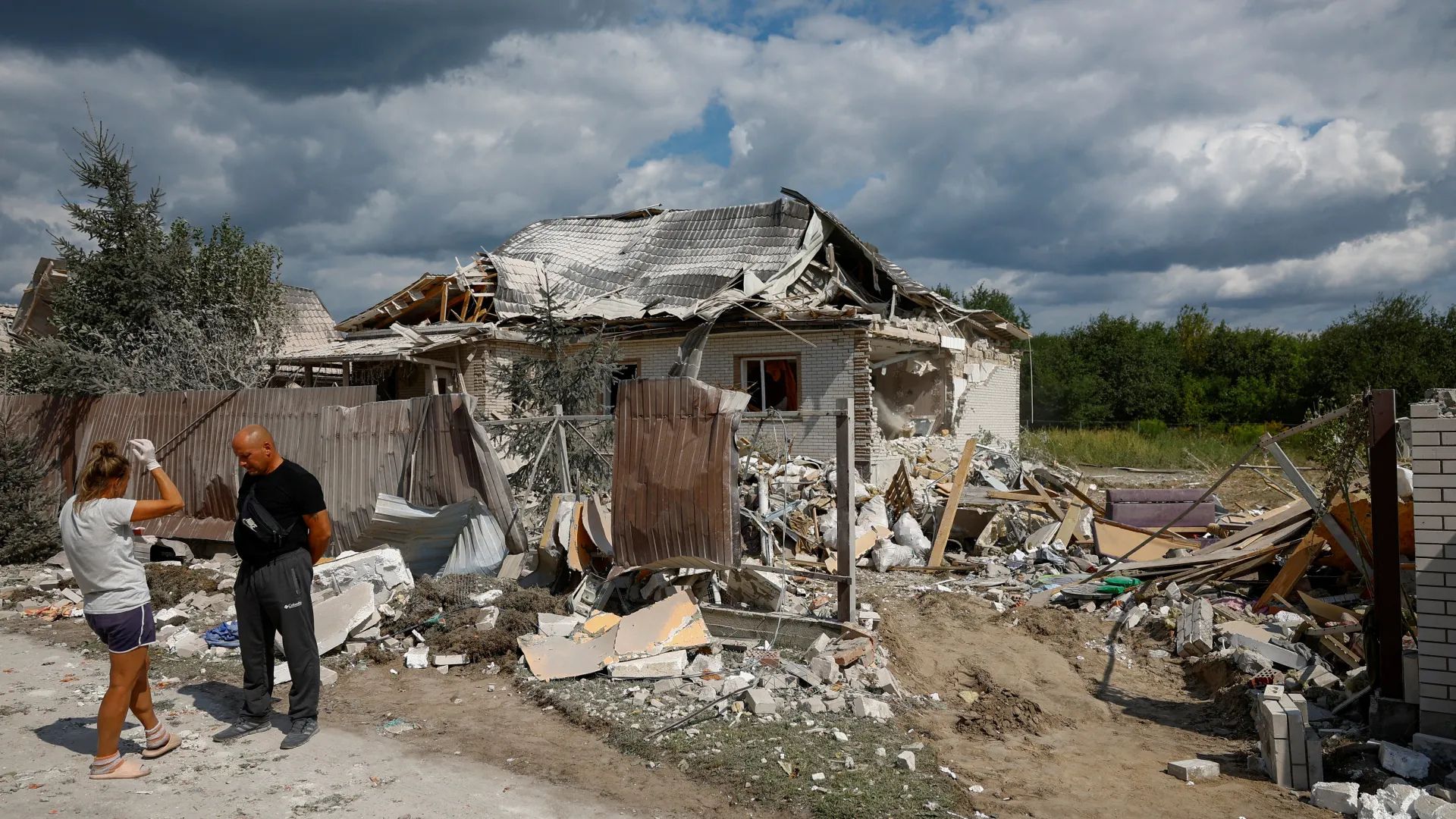
In June 1985, an Air India Flight 182 took off from Canada’s Toronto to Mumbai. The craft was a Boeing 747 plane named “Emperor Kanishka” after the ancient Indian emperor of the Kushan dynasty. The plane took off from Toronto, stopped at Montreal in Canada, and then proceeded towards London, where it would have continued to Mumbai. However, the plane never reached London. It exploded mid-air off the coast of Ireland, killing all 329 passengers and crew onboard. To date, it is considered the worst act of terror in Canada, as well as the worst air disaster associated with Canada.
HISTORY
According to reports, there were no warning or emergency calls were issued by the Air India flight, since it exploded 45 minutes after it took off from the Montreal airport. As the craft disappeared from the radar screens, London airport authorities dispatched rescue crews, but no survivors were found. Of the 329 people on board the plane—including the pilots and crew—rescuers managed to pull out only 131 bodies from the Atlantic.
As the Justice BN Kirpal Commission would find, the bomb was located in a suitcase in the plane. A person named Manjit Singh got a suitcase transferred to Air India Flight 182. Most notably, Singh was not on the flight when it took off. The bombers had planned to bomb another Air India plane that day, but that bombing failed because of human error. The Justice John Major Commission, constituted in 2006, found that the second bomb had exploded in Japan’s Narita airport, killing two baggage handlers. The original plan was to bomb the Air India Flight 301 to Bangkok in Thailand. Reports from the time state that both baggage handlers—two native Japanese men, died instantly.
Major noted, “I stress this is a Canadian atrocity. For too long the greatest loss of Canadian lives at the hands of terrorists has somehow been relegated outside the Canadian consciousness.” Justice Major called the security lapses “inexcusable” and termed Canadian security arrangements at the time “wholly deficient”.
BN KIRPAL COMMISSION
“In New York, in the hours following the disaster, three separate groups called up newspaper offices to ‘take credit’ for the crash. The three were the so-called Dashmesh Regiment, the All-India Sikh Students Federation and the Kashmir Liberation Army,” India Today reported in 1985.
In 1985, the Canadian authorities suspected Sikh terrorists of planting bombs in revenge for Operation Blue Star, the 1984 Indian offensive on Golden Temple in Amritsar to flush out terrorists from the premises and neutralise Khalistani leader Jarnail Singh Bhindranwale, according to the South Asia Terrorism Portal (SATP). The Canadian authorities further understood that the bombings were planned and organised in Canada. The same year, the Government of India appointed the Kirpal Commission to investigate the bombing. It was headed by Justice BN Kirpal. Additionally, the Central Bureau of Investigation (CBI) also carried out an investigation of its own. Kirpal Commission’s mandate was to find whether it was a bombing or an explosion out of engine failure or some other measure. The report, submitted to the government in February 1986, found that the explosion was indeed a planned bombing.
The CBI, meanwhile, established that the bombing was the handiwork of the Babbar Khalsa International (BKI), a terrorist outfit in Punjab and the mastermind was Talwinder Singh Parmar, a Canada-based BKI leader, according to SATP.
News reports from 1986 state that the Commission’s report recounts in meticulous detail and the various submissions made to the body left “little room for doubt” that the one person who could have prevented the tragedy was a Canadian Pacific Air agent in Vancouver. According to the Kirpal report, the agent allowed someone identified as M. Singh to book his baggage on the connecting Air India flight from Toronto, even though this person did not have a confirmed reservation.
The Commission conducted six months of in-depth investigations, assisted by a four-member assessment team and several advocates. Commission members visited Cork in Ireland, Canada, and Japan; the Japan visit was to confirm details about Tokyo’s Narita Airport explosion. Kirpal reportedly accessed over 500 documents and 50 written statements, and spoke to more than 100 individuals and organisations involved. The result was a 220-page-long document that concluded that the explosion occurred “40 to 50 feet from the cockpit in the forward cargo hold” instead of a technical difficulty.
KHALISTAN CONNECT UNCOVERED
Investigations would find BKI chief Parmar was assisted by Khalistani terrorists Inderjeet Singh Reyat—who was convicted decades after the bombing—as well as the anonymous Manjit Singh, Ajaib Singh Bagri, and Ripudaman Singh Malik—who was acquitted by a Vancouver court in 2005 and was killed in 2021.
Justice BN Kirpal in 2005 told media persons that he was disappointed with the Canadian verdict. He believed Canadian investigators could not do a good job of collecting evidence to convict the accused terrorists. Justice Kirpal told Rediff News that the Indian investigation in the case was “comprehensive”. “I do feel disappointed because our inquiries were comprehensive. I am not in a position to comment because I have not seen the judgment. But it seems that the judge has let off Ripudaman Singh Malik and Ajaib Singh Bagri because the prosecution was not able to prove their involvement [in the bombing] beyond reasonable doubt. “If they [Malik and Bagri] did not do it, then someone else did it? Who did it? That is the question that needs to be answered. If someone else placed the bomb in the aircraft then the Canadian police have failed to track them down. It is a pity that nobody has been convicted in a case involving the loss of so many lives.”
By 2005 when Justice Kirpal was making these comments, no one had been convicted for the bombing. Reyat, mentioned above, was the only one convicted in 2010. He had pleaded guilty to manslaughter. Justice Kirpal further told Rediff News, “It [the acquittal] must concern them [Canadians]. They have failed to apprehend the culprits in such a heinous crime despite the fact that the conspiracy was hatched on Canadian soil.”
MODERN DAY TERROR
Canada has become a haven for extremists and terror organisations such as BKI, Khalistan Tiger Force (KTF) and International Sikh Youth Federation (ISYF). An intelligence dossier put together by investigative agencies found that a terrorist named Arshdeep Dalla, from Moga, Punjab fled to Canada in July 2020 after becoming active that year. Dalla has been associated with both KTF and ISYF and lives in British Columbia, the same region as Hardeep Singh Nijjar. Dalla reportedly has a higher kill record than Nijjar and has been found to have connections to notorious gangster Goldy Brar. In August 2022, he attempted to extort Rs 25 lakh from NRI Sukhjinder Singh, threatening him with violence. When Sukhjinder refused to comply, unidentified individuals fired shots at his residence in September 2022, in an attempt to intimidate him. In the same month, Dalla, in association with others, formed a 5-member KTF module with the help of drone-dropped weapon consignments.
DALLA’S TERROR ACTIVITIES
1. Murder of Manohar Lal: Involvement in the murder of Manohar Lal, a Dera Sacha Sauda disciple, in Bathinda in November 2020. Dalla claimed responsibility for the murder on the Facebook account of Sukhpreet Singh, a deceased criminal.
2. KTF Module in Punjab: Dalla in association with Hardeep Singh Nijjar, raised a 3-member KTF module responsible for the killing of a store owner in Moga, and an attempted kidnapping and killing of a sacrilege accused in July 2021.
3. Attack on Hindu Priest (2021): Orchestrated of an attack on a Hindu priest Pragya Gyan Muni, in Jalandhar in January 2021 through associates Ram Singh and Kamaljeet Sharma.
4. Formed separate KTF modules: in collaboration with Hardeep Singh Nijjar, Bikram and Goldy Brar, Gurjant Singh Janty, and Lakhbir Singh Rode.
5. Allegedly created a Pak-ISI-backed module: members were arrested in August 2022, revealed plans fo terror attacks ahead of Independence Day.
LAX CANADIAN INVESTIGATION
1. Only Inderjit Singh Reyat was convicted for the bombings, several decades later. Mastermind Talwinder Parmar was never convicted by Canadian authorities and was killed in 1992 by Punjab Police after arriving in India.
2. Two separate Canadian agencies (RCMP and CSIS) had information regarding the bombings but never coordinated and therefore missed the threat.
3. Signs of bombings missed: Canadian authorities “mistook” a practice bombing by terrorists in 1985 “as a gunshot.”

